
1. You should soak plastic work surfaces in water and vinegar
If you’re using a plastic work surface to prepare food, be sure to soak it down with water and vinegar when you’re done, in order to kill any bacteria that might have accumulated. If possible, prepare food on a wooden work surface instead, as wood contains natural disinfectants.
2. Finish off a bottle of wine within the following time-frames
Make sure you finish off a bottle of red wine not longer than eight hours after opening. On the other hand, white wine keeps slightly longer. Place it in the refrigerator and consume within 10-12 hours of opening.

5. Prepare dough according to the season
Use cold water in the winter and ice water in the summer to inflate dough to its maximum height.
6. Note that fat percentages in milk are almost negligible
There is almost no difference between the percentages of fat in milk. Drinking milk is always at 3% fat. Milk with 0% fat is actually milk water (the water remaining in the process of churning cream, butter, cheese).
7. Let your plants enjoy your discarded eggshells
Eggshells contain 100% calcium. Simply add the fragments to the water you use for watering your plants.
8. Good-quality olive oil should be unaffected by being stored in the refrigerator
You can determine the quality of olive oil by how it behaves once it comes back to room temperature. Chilling it will likely make it cloudy and begin to solidify, however it should return to its normal consistency when you take it out of the refrigerator.
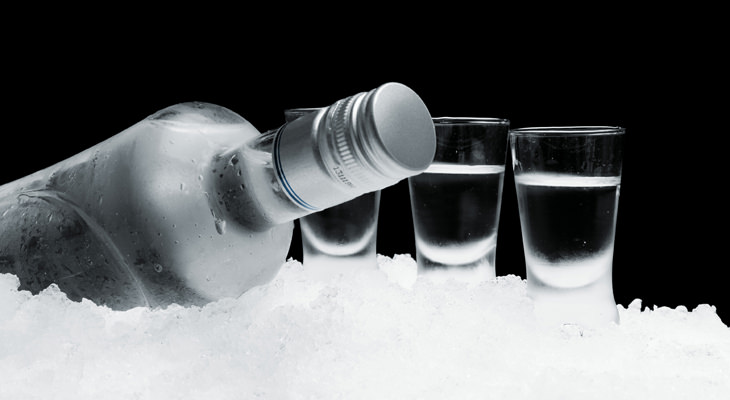
9. It’s impossible to freeze sugar or alcohol
Try as you might, neither sugar not alcohol can be frozen.
10. Puff pastry should really be avoided
If you really must use puff pastry in a recipe you have in mind, refrain from freezing it after preparation.
11. It’s better to defrost something gradually
A food item that you want to defrost should be placed in the refrigerator overnight first, then taken out, and left to finish defrosting on the following day.
12. Whole wheat products can reduce sugar craving
If you happen to be hooked on sugar, try eating whole wheat products to feel your cravings subside.
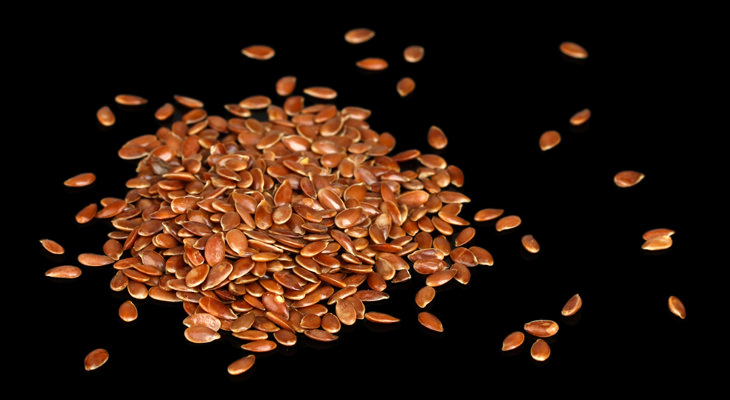
13. A vitamin B12 deficiency can easily be taken care of
Just eat freshly-crushed flaxseeds or cashew nuts.
14. Saccharin is poisonous
This artificial sweetener is made from – wait for it – coal tar. That should be reason enough to ensure you don’t consume it.
15. Dairy products should be stored at the bottom of your refrigerator
The coldest part of your refrigerator is the bottom, so keep your milk and other dairy products as low down as you possibly can.
16. The following are three best practices for handling eggs
• Always wash your hands after touching eggs.
• Store eggs in the refrigerator and keep them well away from other products. The door is the best place for doing so.
• Do not wash eggs unless you intend to use them there and then.
Images (including cover) by Deposit Photos.

These 10 Healthy Foods Can Be Dangerous If Eaten in Excess!
We all want to eat healthily, but even too much of a good thing can be bad. to make sure you're eating the right amounts of these healthy foods, check out this guide.
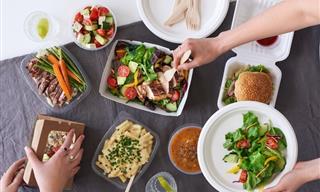
5 Easy Tweaks To Make Your Takeout Food Healthier
There are several creative ways to increase the nutritional value of a takeout meals, and even adjust them to support your weight loss goals! Here are some tips.
 8:16
8:16
Eat These Foods for Pristine White Teeth
From oranges to cauliflower, and even the amount of milk you drink per day, this video will touch on 13 foods to eat for a naturally white smile

Super Easy Tips to Maintain a Nutritious Diet in Lockdown
We have collected a few tips from nutritionists and experts on how to survive quarantine preparing easy, healthy and satisfying meals at home.

These Tips Can Help Your Kid Develop Healthy Eating Habits
We all want our children to eat right from an early age, and with the help of this clinical dietitian, you can make that happen...

Transform Your Room with These DIY Painting Tips
Painting your own room may seem like a daunting task. But here are some useful tips that will make the job easier.
 5:42
5:42
How to Spot a Liar: A Visual Guide
This video will teach you a few things about telling a liar from an honest person - especially if they are politicians...
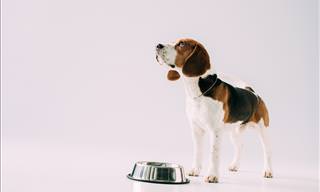
Can My Dog Eat That? An Important Infographic for Dog Owners
If you want to keep your dog safe and happy, you need to know what foods they can and cannot eat.

5 Natural Solutions to Keep Unwanted Insects Away
These illustrations will show you how to reduce your pest problems in your garden.

Wow! Even We Were Amazed At These 11 Ingenious Tips
Everyone needs some tips in life, and these 11 are worth remembering because they'll help you solve a variety of problems, make life easier and save money!

9 Facts You Didn’t Know About In-Flight Food And Drinks
Airplane food is notorious, but since we don't have any other options, the following 9 tips will make the culinary experience that much more enjoyable.

7 Easy, Low-Carb and Guilt-Free Pasta Recipes
Pasta is one of the most popular dishes in the world, and rightfully so – it’s easy to make, delicious, and the sauce options are numerous. Enjoy these 7 recipes that will make your cuisine dreams a reality.
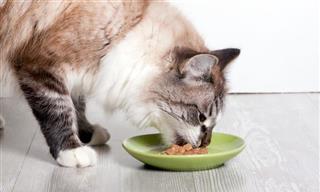
GUIDE: Are You Feeding Your Cat Right?
To help cat owners with this task, we've created a guide on the recommended daily amount and type of food to feed their cats.
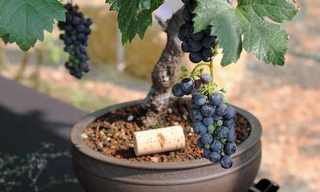
You Don’t Need a Garden to Grow Fruits & Vegetables!
Why not grow your own produce in your own home?

WATCH: Keep These Tips in Mind to Protect Your Art At Home
As everyone does, I'm sure you have pieces of art in your home that are precious to you. Here's how you can protect them for your prolonged enjoyment.

14 Fall Plants Perfect for Brightening Up Your Garden
These 14 perennial flowers can be enjoyed long after summer has ended, and just look at how beautiful they are! How will they look in your garden?

15 Golden Tips to Start Living a Better, Happier Life...
These 15 little tips sound like small things, but they can make your life that much better.

15 Differences between Men and Women That Explain a Lot
Discover surprising biological differences between men and women, which can explain many things you thought about both sexes.

Cleaning With Baking Soda Can Really Damage These Surfaces
Even baking soda isn’t universal, and using it to clean certain surfaces, like wood, marble, and glass, can damage them...

These Aromatic Oils Will Do Wonders For Your Sleep
I've suffered with sleep problems for years, and no treatments seemed to work until I stumbled across this one. Take a look.

If Only I Had Discovered these Cleaning Tips Sooner
10 not-so-obvious tips about cleaning that are both surprising, yet very effective.

You Should be Growing These 10 Healthy Herbs at Home!
Make your diet a lot healthier by growing these healthy and delicious herbs.

Cucumbers Are Incredibly Versatile: 7 Ways to Use Them
Cucumbers may be nutritious, but they are incredibly versatile too! Here's how you can use cucumbers outside of your salad.

These 10 Phrases Will Make People Like You a Lot More!
Your choice of words can leave a long after the particulars have been forgotten. Here are 10 phrases you should add to your daily speech.
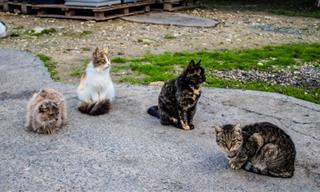
Guide: How to Keep Street Cats Away Without Harming Them
This comprehensive guide provides you with a thorough plan of action for each strategy, ensuring that you can execute these tactics efficiently and effectively.

Give Old Furniture a New Lease of Life with These Tips
Give your old furniture a new lease of life with these 14 tips.

With Age Comes Wisdom! Great Advice From People Over 50
Why get advice from a book when you can get great advice from a person over 50?
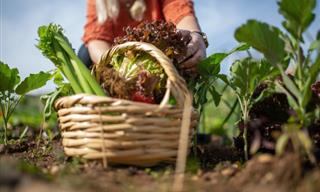
20 Unexpected Things You Can Plant in February
You’d be surprised at just how many plants you can get planted in February!
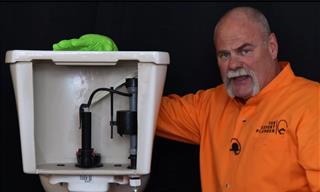 7:25
7:25
Easy Tutorial: How to Fix a Running Toilet
In this tutorial, you'll learn, in the most straight-forward and practical way, how to fix a running toilet.

Make Your Home Look Expensive With These Low-Cost Tips
Transform the look of your home with these low-cost tips and tricks.

Do You Store Your Eggs in the Door of Your Fridge? Don't!
If you store your eggs in the refrigerator door, you should stop. Here's why.
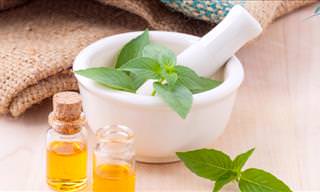
For Beautiful Hair and Skin, Neem Tree Oil Is All You Need
This natural remedy is all you need in your medicine cabinet for great hair and skin.

10 Popular Beauty Products That Are a Waste of Money
Some beauty and self-care products are just a waste of your money, and all 10 of these popular items are better off in the trash...
 8:01
8:01
Why Your Consumer Brand Loyalty Can Backfire
It happens to all the consumer goods you can imagine...

Stunning! The Evolution of Beauty From 1952 to Today
Our definition of beauty may change as years go by but these pictures prove that true beauty is timeless.

5 Incredible Secrets 5-Star Hotels Use to Do the Laundry
Achieve outstanding results with these incredible laundry tips

This is How You Keep Your Marriage Strong & Life-Long!
Here are 12 ways you can keep your marriage long-lasting, strong, full of love and support.

12 Things Your Dog Can Do...
Here are 12 surprising things that your furry companion knows about you better than anyone else, maybe even more than you do.

The Ultimate Makeup Guide You Need in Your Life!
Learn how to prepare makeup for day-to-day as well as special occasions the right way thanks to the nifty tricks given by this life-saving infographic!

Your Ultimate Guide to Wearing that Suit!
A beginner's guide to wearing a suit the right way.
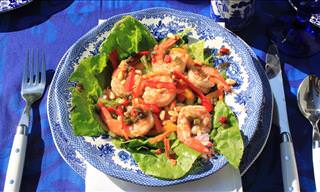
The Smart Weight-Loss Tips No One Ever Told You
These simple daily changes can bring an avalanche of goodness to your body. I'm sure you've never heard at least half of these tips, but each and every one of them will have a small and meaningful effect on your weight loss.

6 Handy Ways to Open a Bottle WITHOUT a Bottle Opener
Want to enjoy your bottle of beer but can't find the bottle opener? Don't worry. Try these clever hacks.
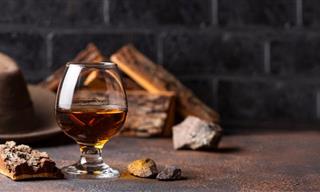
This 10-Minute Read Will Make You a Bourbon Expert
Are you unsure of the difference between whiskey, bourbon, and scotch? We are here to clarify.
 10:28
10:28
How Can I Make Christmas More Affordable? - 12 Smart Tips
Save money this Christmas with these useful tips and hacks.
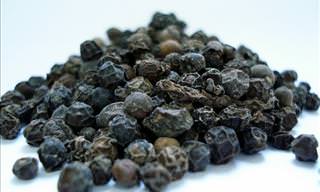
Black Pepper Is More Than a Seasoning - Here Are 10 Uses
Black pepper has so much going for it. It's already in your cupboard so you might as well get these 10 extra uses from it.
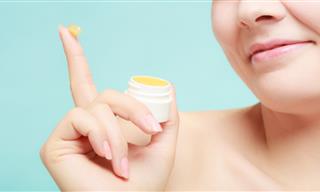
Ever Thought of Using Vaseline in These Practical Ways?
Did you know Vaseline would have so many purposes in the house, in cosmetics, and in beauty? Check out the amazing list of uses!


